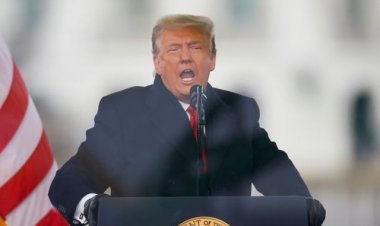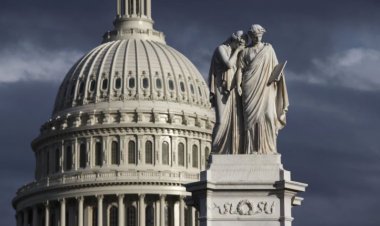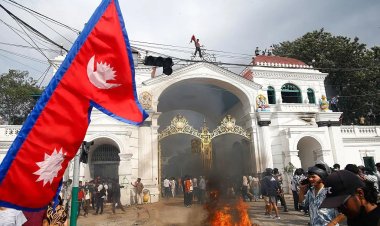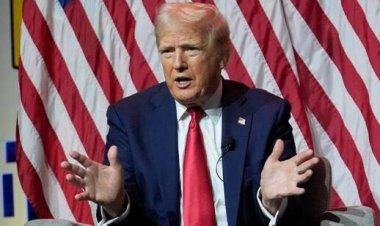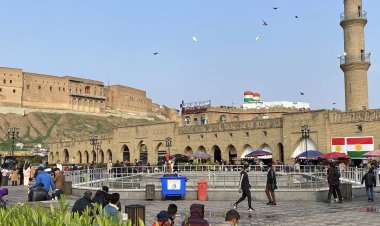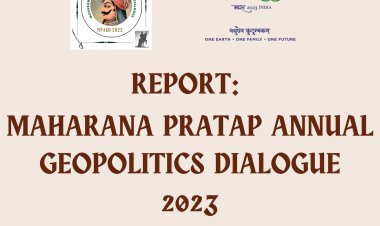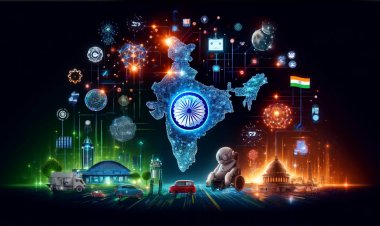Explainer: PM Modi in US : A next step in India-US cooperation
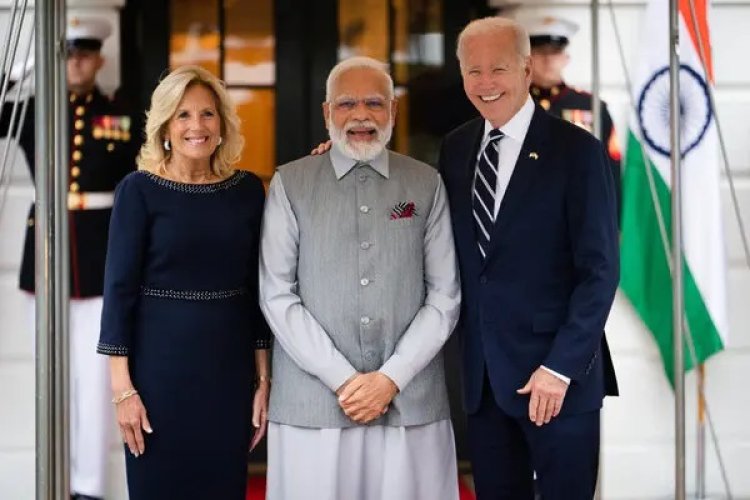
Explainer
By Niharika Godara and Nikita Anand
Significance and agenda of PM Modi’s visit to US:
The Prime Minister, Shri Narendra Modi, has gone to pay an official state visit to the USA from June 21–24. The US and India have a strategic partnership with a focus on trade and commerce, defense cooperation, energy, and climate change, and people-to-people ties.
The visit holds importance as it is the highest level of diplomatic visit during PM Modi’s nine-year tenure. The visit will include a state dinner, 21-gun salute, exchanges of gifts. PM Modi presided over the annual Yoga Day celebration at the United Nations Secretariat. He will address a joint session of the US Congress. The US-India Strategic Partnership Forum will not only fortify alliances but also put a spotlight on significant problems, including technology, climate change, and defense. He will also speak to the Indian Diaspora at the Reagan Centre to strengthen people-to-people relationships.
Joe Biden's invitation to PM Modi for a state visit is an important milestone for the U.S.-India bilateral relationship. This visit will lead to the emerging dynamics of geopolitical issues. A state visit is the highest honor bestowed upon close allies by the United States. In his interactions with CEOs, business leaders, legislators, and professionals, PM Modi will emphasize on enhancing the safety and security of the Indo-Pacific region and expanding strategic alliances with a focus on clean energy, space exploration, and defense.
Deals likely to be signed by US and India:
General Electrics' agreement to manufacture GE-F414 jet engines for military aircraft on Indian soil is the first contract that is most likely to be signed. The US has not shared this technology with any other nation. It is a multi-million-dollar deal with Hindustan Aeronautics. The production of these engines will profoundly impact Indian airspace. The United States is willing to transfer critical technology worth up to 80% of the deal's value.
India has an opportunity to become a member of a highly exclusive group of nations that possess the capability to manufacture jet engines indigenously. Currently, there exist only four members, namely the US, the UK, Russia, and France. However, there is a possibility that India may join as the fifth member.
India is likely to execute a contract for 31 Mq-9B worth $3.1 billion. There are two variations of it: Sky Guardian and its sibling Sea Guardian. The drone has a 30-hour non-stop flight time. It has advanced sensors, and it can also keep an eye on Chinese deployments and find hostile ships. The agreement is to provide India with 31 drones with 15 drones for Navy, 8 for IAF and 8 for army.
It is probable that the governments of both the countries will collaborate on cutting- edge technologies, including AI, semiconductor chips, and quantum computing, with a particular emphasis on the defense sector.
India and the United States have agreed to collaborate on the Initiative on Critical and Emerging Technologies (ICET) and STEM related issues.
Implications of the visit with regards to China:
The visit of Prime Minister Modi to the United States coincides with a period of heightened tensions between the United States and China. Both the superpowers have been alleging each other-another for the impasse in their bilateral relations. The United States' proposal to engage in discussions with China on the periphery of the Shangri-La Dialogue was declined. More recently, a Chinese naval ship came in close proximity of the US vessel in Taiwan strait. China has alleged that the US instigated the occurrence. The United States continues to express dissatisfaction regarding the incursion of Chinese surveillance balloons into American airspace earlier this year. Against the backdrop of the ongoing conflict between Russia and Ukraine, as well as escalating tensions between the United States and China, India has emerged as an quintessential bet for the United States. Both nations share a mutual concern regarding the potential threat posed by China.
The United States is reportedly seeking to furnish the Indian military with a total of 30 armed drones (UAVs) to support its ongoing operations along the India-China border.
Antony Blinken, the United States Secretary of State, embarked on a visit to China prior to the upcoming visit of Prime Minister Modi to the United States.
The United States is engaged in a competitive dynamic with China yet remains committed to pursuing peaceful dialogue. As such, the US seeks to establish India as a key partner in the Indo-Pacific region. The United States has recently redirected its attention from the Asia-Pacific region to the Indo-Pacific region, indicating a heightened significance placed on India as its views India as a potential ally that could assist in mitigating the perceived threat posed by China.
The state-owned media of China has criticized the United States for its alleged actions of promoting India and intensifying its endeavors to impede China's economic advancement.
In an opinion piece for The Global Times, Wang Yi, a prominent Chinese diplomat, asserted that the United States' efforts to augment economic and trade relations with India have been accompanied by a number of geopolitical considerations that are "doomed to fail."
Disclaimer: This paper is the author's individual scholastic contribution and does not necessarily reflect the organization's viewpoint.
Niharika Godara completed her graduation in Political Science Hons from DU and currently pursuing Masters in International Relations from JGU. Her interest areas are geopolitics and diplomacy and the role of international institutions in addressing global challenges.
Nikita Anand is currently pursuing Masters in Diplomacy, Law and Business from OP Jindal Global University. Her interest includes Foreign policy and Public Policy.


